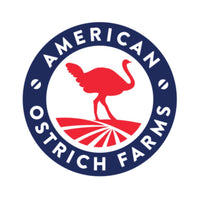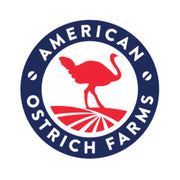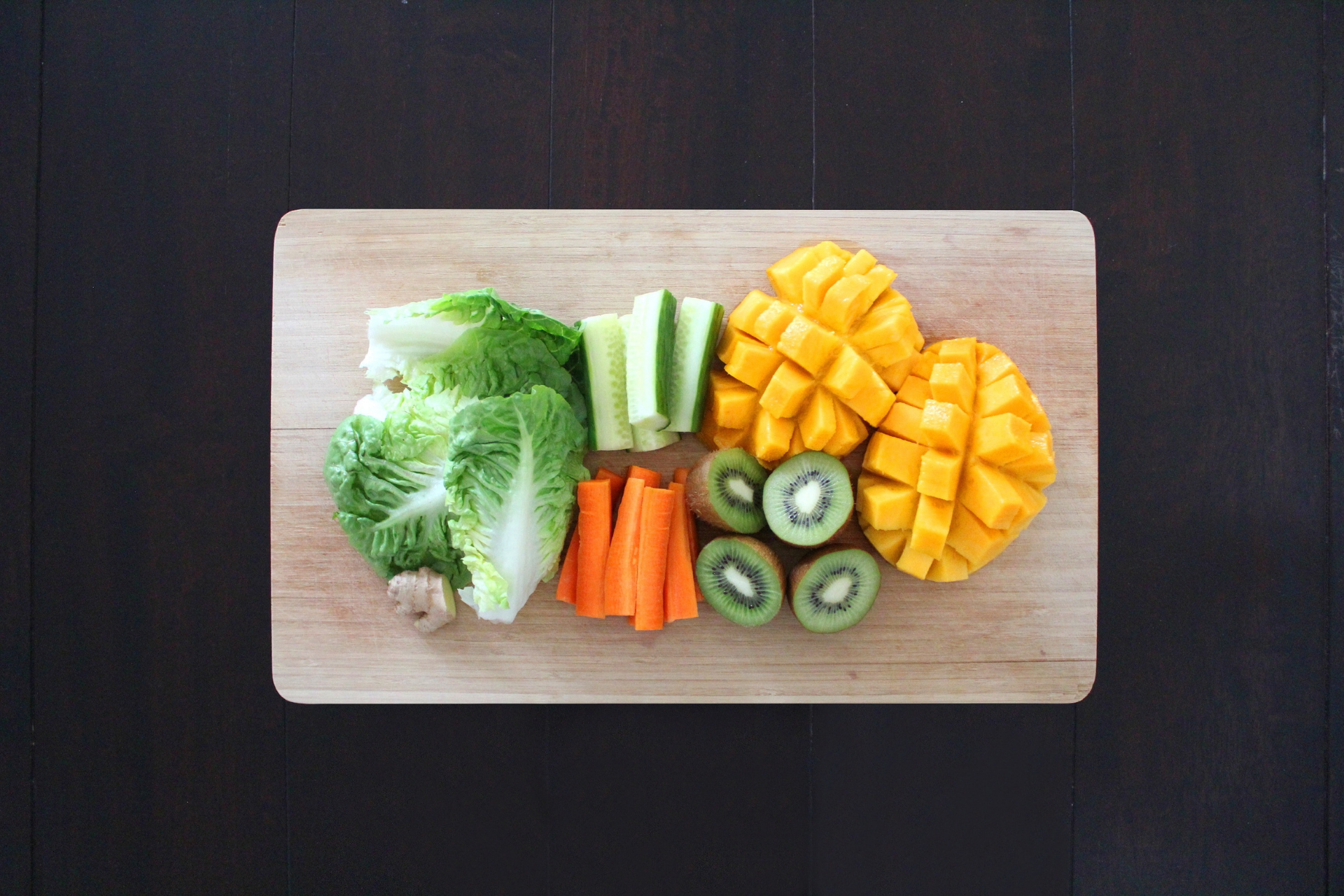Statista Consumer Insights recently found that as of 2023, 4% of the U.S. population eats a vegan diet, while Gallup’s Consumption Habits poll found only 1% of Americans self-identify as vegan in 2023, down 2% from 2018. A vegan diet is one that is free from animals or animal products or byproducts — including eggs, cheese, milk, and honey. Vegan diets allow the following foods:
- Fruits and vegetables;
- Legumes (peas, beans, and lentils);
- Nuts and seeds;
- Bread, rice, and pasta;
- Dairy alternatives (soymilk, coconut milk, and almond milk); and
- Vegetable oils.
It is not uncommon to see the terms “vegan” and “vegetarian” used interchangeably, but there are key differences between the two. Even though they are both plant-based diets, vegans do not consume or use any animal products, while vegetarians avoid eating animals but not their byproducts. In a sense, veganism is as much a lifestyle as it is a diet. Additionally, there is only one type of truly vegan diet, and there are several different types of vegetarian diets that make exceptions for things like eggs (ovotarian) or fish (pescatarian).
Veganism and vegetarianism are popular diets that eschew meat in favor of more plant and grain-based meals, and their environmental footprints to be similar as a result. In general, any diet that reduces meat consumption will have a smaller overall environmental footprint than a diet rich in animal proteins. This is because the negative impacts of conventional meat production — especially for ruminants that emit high levels of greenhouse gasses and require significant inputs to be raised — is often very high. Livestock raised for meat consume plants as they grow, and since those plants are being inefficiently converted into protein, eating animal protein dramatically increases the environmental resources required to produce the same number of calories compared to just raising plants directly for food.
However, while a plant-based diet certainly has a smaller net impact on the planet than a meat-rich diet, the agricultural systems that produce fruits and vegetables are not entirely sustainable either.
NEGATIVE EFFECTS OF VEGANISM ON THE ENVIRONMENT
Vegan and vegetarian diets are not damaging the environment in and of themselves; the problem is with the underlying agricultural practices that are responsible for producing most of the fruits and vegetables consumed around the world. There are several unsustainable factors to consider that are tied to all diets, including veganism. The primary issues are connected to industrial agriculture, meat substitutes, and grazing animal considerations.
INDUSTRIAL AGRICULTURE
While raising animals for food requires large amounts of land, feed, energy, and water, according to a study by the British Broadcasting Corporation (BBC), the vegan diet is not always green either. Fruits and vegetables often cannot be grown in certain locations or during specific seasons, so they must be transported from elsewhere - often thousands of miles before they reach a consumer. Research into the relationship between fruits, vegetables, and greenhouse gas emissions has found that air freighted produce (typical examples include U.S. berries and cherries, African green beans and peas) is responsible for very high levels of greenhouse gas emissions. Additionally, fragile or highly perishable foods that are prone to spoilage contribute to the shocking statistic that nearly 1/2 of all fruit & vegetables produced globally are wasted each year, a total loss of all the energy embedded in their production, transport, and storage.
Plant-based diets require great amounts of quality soil in which to grow those plants. Soils act as a home for greenhouse gases, and when they are constantly being plowed and turned over to plant crops, this churning releases greenhouse gases that would otherwise be trapped in healthy soils. Nutrient-poor soil requires additional chemicals and pesticides to generate a similar level of crop production, which creates major environmental issues by contaminating soil, water, turf, and other vegetation.
Another thing to consider is the amount of water used to produce plant-based food. Fruits grow in warmer climates that require large amounts of fresh water, much of which is not locally available, which must be transported from other areas. At 8.3 pounds per gallon of water, transporting it anywhere is an extremely inefficient cost to the environment. A good example is avocado irrigation — a popular and healthy option for replacing protein in vegan or vegetarian diets. As a result, avocados are being rightly blamed for water shortages due to their high demand. Another pointed example are strawberry farms in Florida, which have depleted natural wells and groundwater so severely that sinkholes are wreaking havoc all over the state.
Lastly, you also need to consider the trees that are cut down to make room for the ever increasing demand for commercial farming. To circle back to the avocado example, Mexico is making more money from exporting avocados than it is from any other export and it is the driving force of illegal deforestation.
Climate change food calculators are great tools to get insight into the various carbon footprint considerations to help consumers understand how dramatically their food choices impact their overall carbon footprint. As consumers dig into these readily available facts, it is important to remember that while plant-based meat alternatives may have a smaller net environmental impact than certain meats, there is great dispersion between “good” and “bad” plant-based food sources.
HIGHLY PROCESSED FOODS AND MEATLESS MEATS
Meat substitutes, or plant-based meat alternatives, are gaining popularity. However, Atze van der Goot — Associate Professor of the Food Process Engineering department at Wageningen University — claims that meat substitutes also have an environmental impact that you must consider. Goot goes on to explain that there are inefficiencies in the water and energy processes used to make meat alternatives that diminish the environmental benefits they are aiming to improve.
Essentially, the extra processing required to make plant products resemble meat products adds to the net impact of these foods, erasing the difference between plant-based meats and sustainable animal meats in terms of GHG emissions, land use, water use, and energy use. Until the plant-based meat processing can be made more resource-efficient, it negates the efforts.
LACK OF SUPPORT FOR GRAZING AND BROWSING ANIMALS
Grasslands are important for the environment. They are key to sustaining soil health and when we have adequate, healthy grasslands, our ecosystem is provided with clean water, flood prevention, and natural food production. When done in a truly sustainable manner, grazing and browsing animals are good for the environment:
- Grazing animals cycle carbon and various nutrients from the above-ground vegetation and put it back into the ground to nourish the soil and promote further growth;
- Grazing animals are crucial for land management;
- Grazing animals provide profit from enterprises that would normally be an expense (cover crops).
Not all of the Earth’s land is farmable. In some areas, grazing and browsing animals are the only practical option for making the land productive for sourcing food, since it is not viable for crop production. Climate change and increasing water scarcity in many regions throughout the work will unfortunately create much more of this type of land in the years ahead.
HOW DOES VEGANISM HELP THE ENVIRONMENT?
The primary ways in which vegan diets help the environment surround food diversity, pollution reduction, and the creation of diverse food alternatives.
FOOD DIVERSITY
Humans need various nutrients to survive, and there are different ways to source those nutrients. The evidence connecting food variety/diversity and its correlation with health is becoming stronger in areas such as pregnancy, adult mortality rates, risk factors for diseases, and overall well-being. Food diversity is important for both our health and improving global food security. As consumption patterns change and demand rises, food diversity is often reduced.
Veganism and other plant-based diets force consumers to find other sources for protein and this contributes to the diversification of consumer food options. According to a study from the Proceedings of the National Academy of Sciences (PNAS), as diversity in global food supply narrows, food security is threatened. The study goes on to indicate that only fifty crops deliver 90% of the world's calories and that local foods are slipping out of usage for the sake of industrial agriculture profits. While we are not using all of our available resources, we can exhaust others and reduce food diversity in the process. Diversifying our diets and consumption habits contributes to increased global and local food security.
MANY CROPS CAN REDUCE AIR POLLUTION AND GREENHOUSE GASSES
There are several crops that help reduce air pollution and greenhouse gas emissions. For example, legumes fix nitrogen in the soil. Legumes (peas, clovers, beans, etc.) have a symbiotic relationship with bacteria that sits in soil that help trap nitrogen. The issue with excess nutrients like nitrogen is that it produces pollutants that affect our ability to breathe and see. Additionally, it can alter plant growth, and harm forest, soil, and waterway health. Plants that can naturally trap these potential pollutants help restore balance to the soil and air.
There are also various benefits behind planting trees because they help strip carbon dioxide from the air. By increasing the number of fruit trees planted, we not only provide sources of food, but also help remove carbon dioxide from the atmosphere.
Lastly, incorporating virtuous agricultural techniques like cover cropping can benefit the environment. Fields are being left bare when primary crops are not growing, and this creates a number of problems. By using cover crops in the off-season, farmers help protect erosion-prone soil that can end up as sediment in water sources. Cover cropping also reduces the need for harmful nitrogen fertilizers and pesticides.
DIVERSE DAIRY ALTERNATIVES
Conventional dairy production rightfully creates concerns about pollution. Large dairy farms house thousands of cows to produce milk, and those cows create a staggering amount of manure. According to a study from the Environmental Protection Agency (EPA), animal agriculture manure is the leading source of nitrogen and phosphorus reaching surface and groundwater systems through runoff or infiltration. Diverse dairy alternatives give consumers options to help reduce the effects of conventional dairy production. Vegan milk options such as soy milk, almond milk, rice milk, and oat milk have lower environmental impacts than dairy, so it is important to consider taking advantage of them.
WHAT WOULD HAPPEN IF EVERYONE WENT VEGAN?
Ultimately, there needs to be much more consumer focus on agricultural practices to ensure the most sustainable methods for sourcing food. Too much of a good thing — even plant growth and crop production — can end up being a bad thing. The entire world shifting to vegan or vegetarian diets may lead to food insecurity, and it isn’t scalable to serve the entire population. Most meat farming methods are not environmentally friendly, and unfortunately, conventional crop production methods are not sustainable either.
Consumers should also consider additional issues with veganism, such as the difficulty in obtaining nutrients critical to human health. Vegan alternatives may be more environmentally friendly than beef farming, but the substitutes may not contain the nutrients found in the food they are aiming to replace — like the calcium in cheese, or the omega-3 in fish.
The future of the agriculture industry should be focused on creating more sustainable alternatives to beef, not necessarily to stop eating meat altogether. There are viable eco-friendly food options — such as ostrich meat — that utilize more sustainable animal-farming processes without creating food insecurity or other meat alternative issues.
All diets have pluses and minuses, so getting rid of one or the other doesn’t solve the problem; it creates different problems in another area. The benefits of a diverse, balanced diet are endless, so you don't want to swing the pendulum too far in one direction or the other by completely writing off current processes or unproven alternatives like plant-based foods. It comes down to encouraging farmers and food companies to embrace enlightened agricultural practices, and for consumers to construct their diets with a variety of sustainable food choices and sources in order to create the most practical, healthy, and sustainable food model.





